How long are hockey periods?
Hockey is an incredibly exciting game, but it can also be quite frustrating at times. The NHL has different lengths for their periods, and there are a few misconceptions about when they last. So, I’m gonna show you how long hockey periods are, and how it affects your team and the game.
Every sweat shed, every precise blow, and every team collaboration is worth being rewarded. Customize a unique medal for your hockey team, record their every outstanding performance, and showcase their glory and strength to the world. Each medal is a unique custom design, with every detail meticulously crafted to show the team’s unique charm and unlimited potential. You can see more Medals on this website.
How many periods in a hockey game?
A hockey game is divided into three periods: a first period, a second period, and a third period. In each period, each team gets at least 20 minutes of playing time. The team’s change ends for each new period.
The first period begins with the face-off in the attacking zone of the team that lost the face-off in the previous period. After that, play is continued until there is a whistle or until one team scores. At that point, play stops until the next whistle sounds and then continues from where it left off. If there is no scoring in this time frame, then it goes to overtime. A five-minute sudden-death period where teams can only score one goal to end the game.
The second period follows directly after the first; teams change ends again and play resumes from where it left off in the first period (with another face-off). If no goal has been scored during this time frame either, then there will be another five-minute sudden-death overtime period just like before (where only one goal can be scored by either team).
If neither team has scored during either overtime session by then (or if both teams have scored), then we go into a shootout round! Each player gets one chance at a goal.
How long are hockey periods?
Hockey periods are 20 minutes long and start with a face-off. The game is divided into three periods, each 20 minutes long. The first period starts with a face-off at center ice. The teams take turns trying to score a goal by shooting the puck into the opposing team’s net.
The second period begins with another face-off at center ice. And the third period starts when the second period ends with another face-off at center ice. The team that scores the most goals wins the game!
Men’s Hockey Period
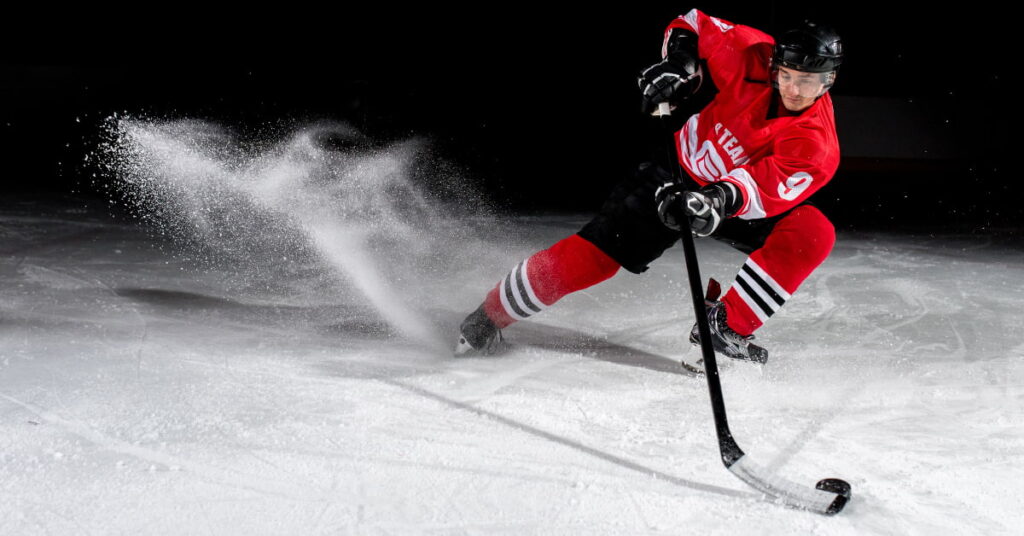
Men’s hockey periods are 20 minutes long.
The game is played in three 20-minute periods, with a 15-minute intermission between periods. There are no timeouts, and players may not substitute during the game without penalty. The only exception is for a player who has been injured and needs to be replaced on the field.
The clock does not stop when it is not in play; instead, it runs continuously throughout each period. If a goal is scored, or if there is an infraction such as offsides or a penalty shot, the clock stops for 30 seconds. Therefore, officials can assess the situation before resuming play. At the end of each period, teams switch sides of the field and line up for faceoffs that begin each new period of play.
Women’s Hockey Period
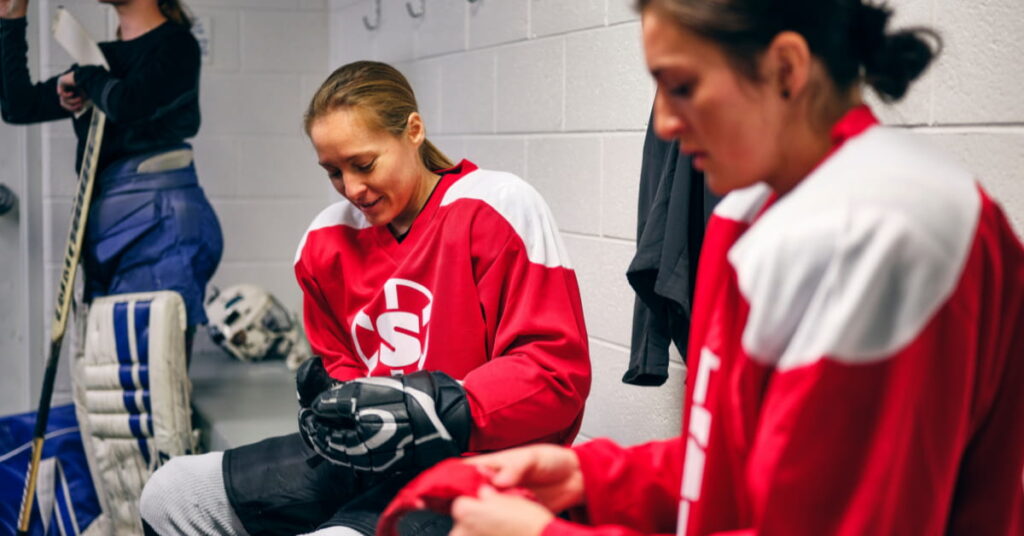
Women’s hockey periods are the same length as men’s hockey periods.
Women’s hockey periods are divided into three 20-minute periods, with a 15-minute intermission between each period. This structure is the same for men’s hockey, with one exception: women’s hockey has an extra 5 minutes at the beginning of each period to allow for substitutions and warm-ups. Women’s hockey games also have an overtime period that lasts 10 minutes, whereas men’s games only have a 5-minute overtime period.
Is Overtime a Period in Hockey?
Overtime is a period of play in the game of hockey, but it’s not one of the three periods that make up a game.
In hockey, there are three periods: first, second, and third (or “overtime”). You may have heard people talk about “overtime” as if it were its own period. But overtime is actually just the name for the “extended” period of play that follows the third period when tied games go into an extra round.
The term comes from the idea that teams who can’t score in regulation time try to “overtime” their way to victory in extra time.
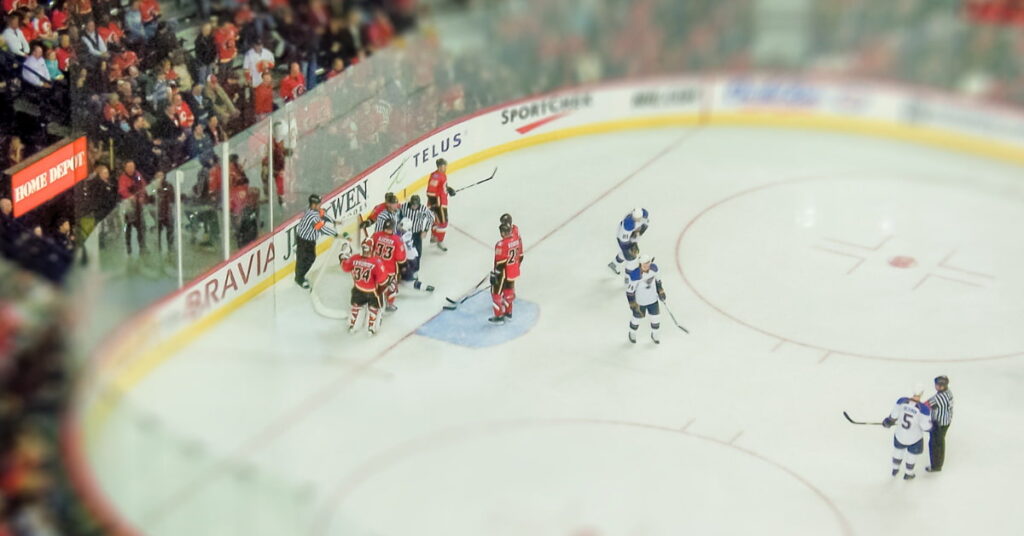
Are there 4 periods in hockey?
No, there are not four periods in hockey.
In fact, the game of hockey only has three periods. The period is divided into two halves: the first half and the second half. Each half is further divided into two 20-minute periods.
The first period starts with a face-off and ends when either team scores or time expires. In this case, the clock will stop at the end of each period, even if there is still time remaining on the clock.
This means that if you’re watching an NHL game on TV, you’ll see ads every 20 minutes. Once before each half and once right after each half.
If neither team has scored by the end of 40 minutes (the end of both 20-minute periods), then there will be an overtime period lasting 5 minutes (20 minutes minus the first). If neither team has scored by the end of this period of play, then a shootout will take place to determine a winner (and loser).
Why does hockey have 3 periods?
It’s true: hockey has three periods, and it’s a little confusing. Why not just play the whole game at once? Why does hockey have 3 periods?
If you’re new to hockey, you might be wondering: why does hockey have 3 periods? I’m here to help!
First of all, it’s worth noting that there are two different types of hockey: field hockey and ice hockey. Field hockey is played on… well, a field. Ice hockey is played on an artificial rink made of ice and/or water. The two games are similar in some ways (like having goals and players).
But different in others (like that one thing we’ve already mentioned). So while they’re both team sports with sticks and balls or pucks, they each have their own unique rules. And one of those rules is the number of periods they play in.
So what’s with the third period? In field hockey, there are only two periods and in ice hockey, there are three! The reason for this has to do with how long each game lasts:
- An average field-hockey game lasts about 60 minutes in total
- An average ice-hockey game lasts about 94 minutes in total.
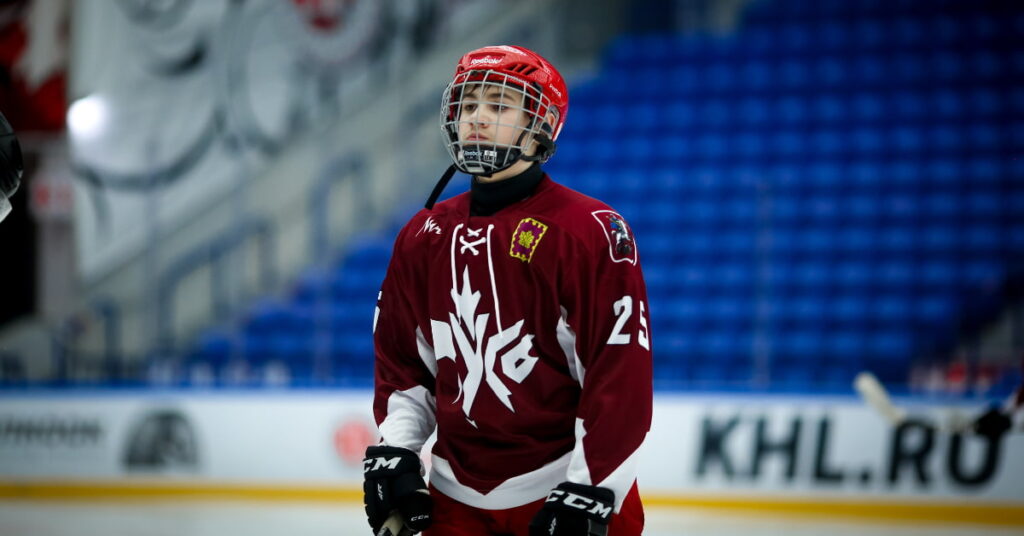
Why are there 2 intermissions in hockey?
There are two intermissions in hockey because the game is played on a large surface and has many players.
The first intermission is at the end of the first period of play, which lasts 20 minutes. The second intermission takes place at the end of the second period, which lasts 30 minutes.
The ice surface where hockey is played is 200 feet long by 85 feet wide (or 183 by 82 meters). This means that there is plenty of room for a large number of players to maneuver around one another without interfering with their movements or getting into each other’s way.
Each team is allowed one thirty-second time-out per game. This time-out can be used at any point during the game. But it must be taken during the course of a play.
The opposing team does not have to allow you to use your time-out. So you should be careful when taking one that you don’t need it.
By having two intermissions, players have time to rest during each period. While still being able to keep playing without interruption from other teams’ players or referees.
See more: What Does A Mean In Hockey?
What other sports have 3 periods?
There are many different sports that play in periods, but there are only two that use three. Those two sports are floorball and ice hockey.
Floorball
Floorball is a fast-paced team sport with a mix of skills and tactics.
Floorball sports have 3 periods, which are played for 20 minutes each.
The goals are the same as in hockey: there are two goals on each side of the field, and you can score by shooting the ball between the goalposts into the goal. The ball must be flat on one side and rounded on the other side, like an egg.
The ball is allowed to bounce once before being shot off again; this is called dribbling and is a key part of floorball tactics. Players can move with their hands or feet. But they cannot hold onto the ball for more than 3 seconds at a time.
Ice Hockey
Ice hockey is a sport played on an ice rink. It has three periods, with each period lasting 20 minutes. The team that scores the most goals wins the game.
The players use skates and sticks to move around on the ice. They try to get the puck into their opponent’s net or take it from them before they can do that. Players also use body checks and other special moves to try to get control of the puck.
Players wear protective padding so that they can play safely and not get hurt by other players’ checks or falls onto hard ice surfaces.
Final thoughts
Hockey is one of the most popular sports in Canada. Hockey games last for three periods of 20 minutes each. The ice surface is rectangular and there are two teams on the ice at the same time. During a game, each team has five players on the ice. Each player is responsible for keeping the puck on the ice during play.
Hockey players are allowed to hit each other with their sticks. If a player is hit in the head or face, they may be injured. The rules of hockey are similar to soccer, except for the use of a hockey stick. This article is a great introduction to the sport of hockey. Have you played hockey? If so, share your experiences with us in the comments below.
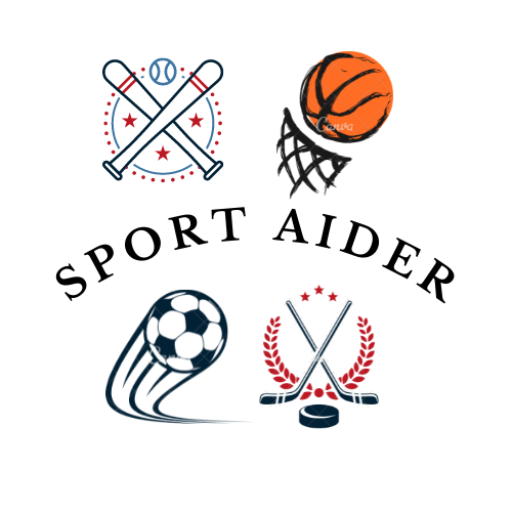
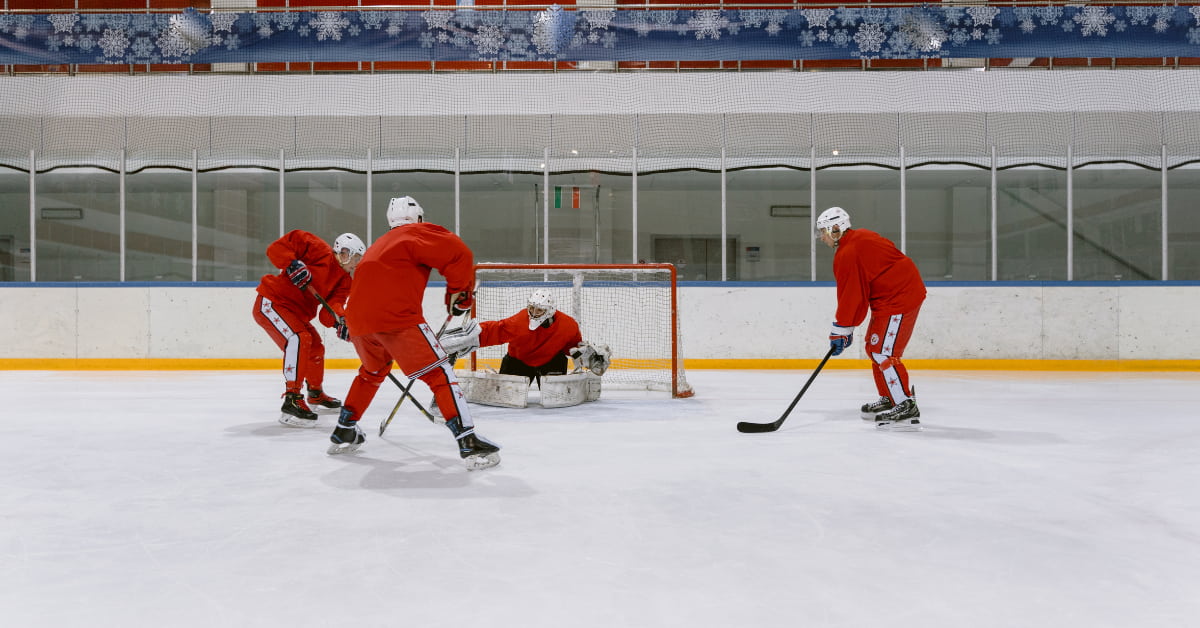

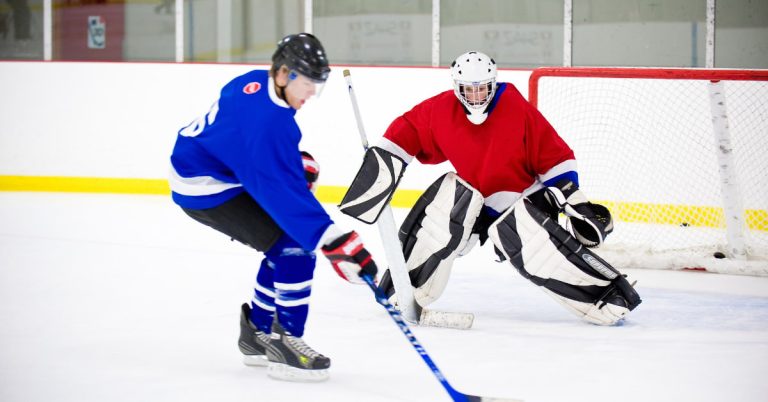
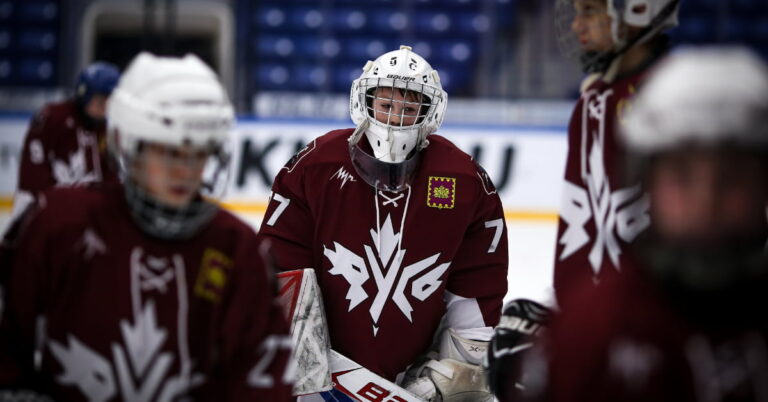
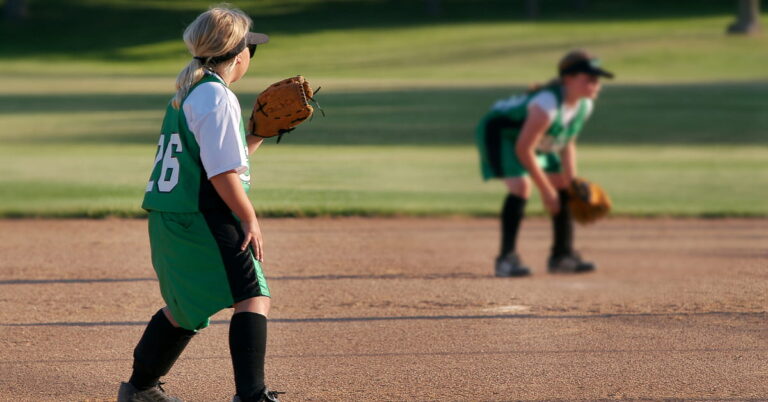
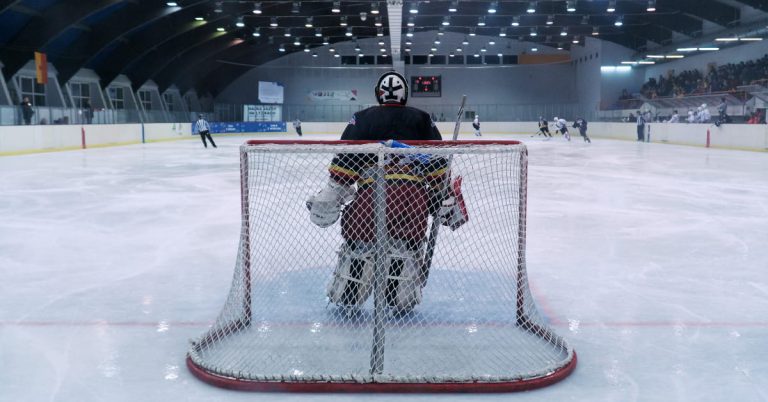
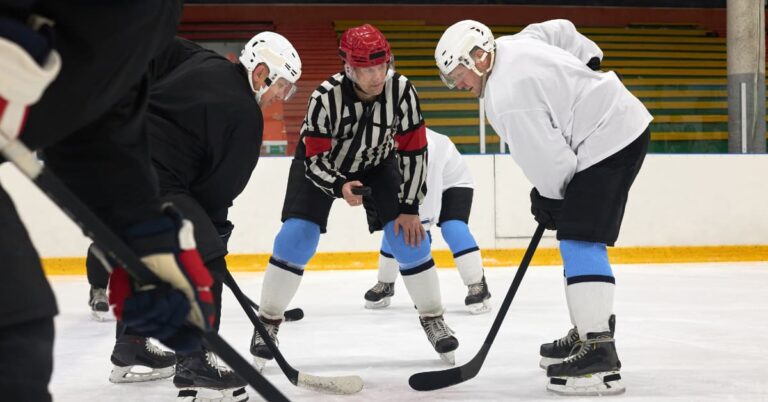
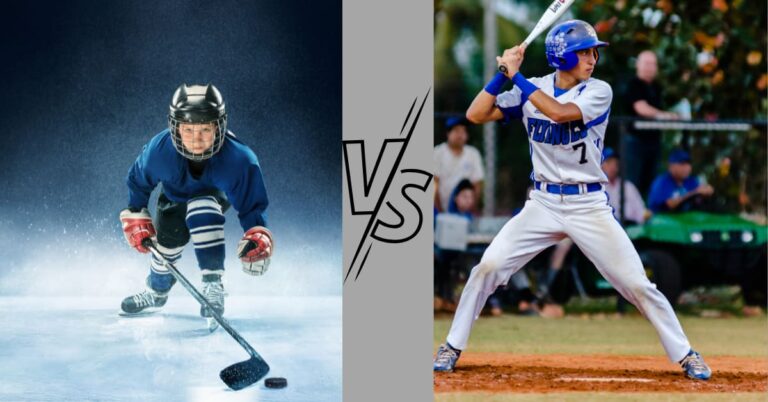
3 Comments